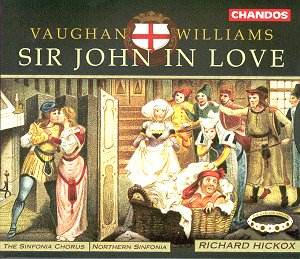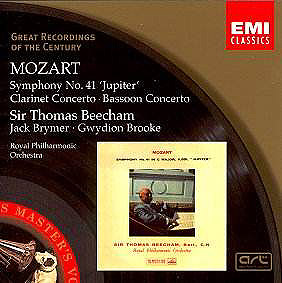 Composer: Georg Friedrich Händel
Composer: Georg Friedrich Händel
Works: Gloria in Excelsis Deo, Dixit Dominus, Gloria (Vivaldi)
Performers: Monteverdi Choir, English Baroque Soloists, Gillian Keith (soprano)
Recording: November 1998 (Vivaldi Gloria and Handel Dixit Dominus), June 2001 (Handel Gloria), All Hallows Church, Gospel Oak, London
Label: PHILIPS 462 597-2
The emergence of Händel’s Gloria in Excelsis Deo (HWV deest) has sparked considerable interest among musicologists and enthusiasts alike, not only for its artistic merit but also for its historical significance. This small-scale work, likely composed between 1706 and 1708 during Händel’s formative years in Italy, reflects the composer’s early stylistic influences, intertwining the exuberance of the Baroque with the melodic clarity that would characterize his later masterpieces. The authentication of the manuscript by Professor Hans Joachim Marx only adds to its allure, suggesting a depth of creativity that aligns with Händel’s most revered works.
Gillian Keith’s interpretation of the Gloria, while earnest, presents both strengths and notable limitations. The opening movement, “Gloria in excelsis Deo,” showcases the soprano’s agility and technical prowess, with virtuosic passages that demand a keen sense of phrasing and articulation. However, Keith’s tone lacks the rich resonance and emotional weight that Emma Kirkby brings to the piece, resulting in a performance that, while competent, occasionally falls short of the jubilant exuberance inherent in Händel’s writing. The interplay between the solo violin and the vocal line is particularly engaging, yet Keith’s timbre does not quite rise to the occasion, leaving moments of potential brilliance somewhat muted.
The central movement, “Qui tollis,” is the heart of the work and offers a platform for the soprano to explore both lyricism and dramatic intensity. Here, Keith’s performance is more convincing, albeit still lacking the profound expressiveness that Kirkby captures. The longer duration of this recording compared to the earlier version highlights variations in interpretation, yet the overall emotional arc feels less compelling, primarily due to the limitations of vocal color and nuance that Keith exhibits. The engineering of the recording in All Hallows Church serves the ensemble well, with a clarity that allows the intricate textures of the English Baroque Soloists to shine, especially in the choral sections of the “Dixit Dominus.” The blend of voices and instrumental timbres is expertly rendered, maintaining a vibrant sound picture that underscores the grandeur of Händel’s writing.
In juxtaposition with the Bis recording featuring Kirkby, this performance stands apart primarily due to the soprano’s interpretive depth and the visceral joy she evokes. While Keith’s rendition contributes to the burgeoning repertoire surrounding this newly authenticated work, it does not supplant the earlier recording’s status as a benchmark. The inclusion of Vivaldi’s Gloria further enriches this disc, providing an engaging contrast to Händel’s work, though Keith’s vocal limitations remain apparent across both compositions.
This recording, while possessing its merits, ultimately serves as a commendable introduction to Händel’s Gloria, albeit not the definitive one. Listeners seeking a more nuanced and powerful interpretation may find greater satisfaction in Kirkby’s acclaimed performance. Nevertheless, the album as a whole remains an accessible and enjoyable exploration of early Baroque choral music, inviting audiences to appreciate the joys of Händel’s less familiar works alongside his more celebrated compositions.



